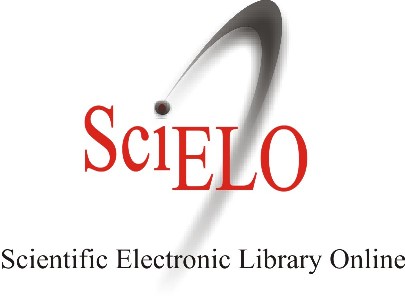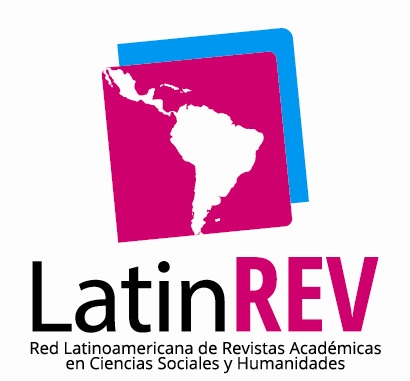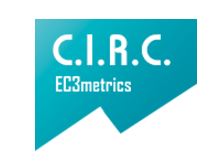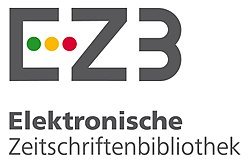Los verbos de afección psicológica entender y gustar en el guaraní-jopara: divergencias en-tre roles temáticos y la estructura argumental
The Psychological Verbs entender and gustar in Guaraní-Jopara: Differences between Thematic Roles and Argumentative Structure
Os verbos de afeição psicológica entender e gustar no guarani jopará: divergências entre papéis temáticos e a estrutura argumental
DOI:
https://doi.org/10.15446/fyf.v31n2.74653Keywords:
guaraní-jopara, préstamos verbales, alineamiento, verbos de afección, roles semánticos (es)Guaraní-Jopara, verb loans, alignment, psychological verbs, semantic roles (en)
alinhamento, empréstimos verbais, guarani jopará, papéis semânticos, verbos de afeição (pt)
Downloads
References
Appel, R., & Muysken, P. (1987). Bilingüismo y lenguas en contacto. Madrid: Gredos.
Belletti, A., & Rizzi, L. (1988). Psych-verbs and θ-theory. Natural Language & Linguistic Theory, 6(3), 291-352.
Bogard, S. (1995). El argumento no experimentante de los verbos psicológicos: ¿un papel temático o dos? Nueva Revista de Filología Hispánica, 43(2), 441-454.
Bullock, B., & Almeida, J. T. (1998). Themes in the study of code-switching. En F. Coulmas (ed.), The Handbook of Sociolinguistics (pp. 1-11). Oxford, UK: Blackwell Publishing Ltd.
Comrie, B. (1989). Language Universals and Linguistic Typology. Chicago: University of Chicago.
Croft, W. (1993). Case marking and the semantics of mental verbs. En Semantics and the Lexicon (pp. 55-72). Springer Netherlands.
Estigarribia, B. (2017). A grammar Sketch of Paraguayan Guarani. En B. Estigarribia, & J. Pinta (eds.) Guarani Linguistics in the 21st Century (pp. 7-85). Leiden: Brill.
Goldberg, A. E. (2006). Constructions at work: the nature of generalization in language. New York: Oxford University Press.
Guasch, Antonio. (1996 [1956]). El idioma guaraní, gramática y antología en prosa y verso. Asunción: cepag.
Gregores, E., & Suárez, J. (1967). A Description of Colloquial Guarani. Den Haag, Paris: Mouton & Co.
Haspelmath, M. (2011). On S, A, P, T and R as comparative concepts for aligment typology. Linguistic Typology, 15(3), 535-567.
Maeder, E., & Gutiérrez, R. (2003). Atlas del desarrollo urbano del nordeste argentino. Resistencia: iighi-conicet.
Mithun, M. (1991). Active/agentive case marking and its motivations. Language, 67(3), 510-546.
Myers-Scotton, C. (2006). Multiple voices: an introduction to bilingualism. Malden, ma: Blackwell.
Paz, S. (2016). Préstamos verbales del español en el guaraní oral de Formosa. i Jornadas de Lengua y Literatura Guaraní: Investigación y realidad lingüística, 3 al 5 de noviembre de 2016. Universidad Nacional de Itapúa.Encarnación, Paraguay.
Seki, L. (1976). O Kamaiurá: língua de estrutura ativa. Língua e Literatura, 5, 217-227.
Talmy, L. (2007). Lexical typologies. En T. Shopen (ed.). Language Typology and Syntactic Description Complex Constructions (pp. 66-168). Leiden: Cambridge University Press.
Telesca, I. (2015). Amar en la frontera: estrategias (extra)matrimoniales de las migrantes paraguayas en Formosa a fines del siglo xix. xv Jornadas Interescuelas/Departamentos de Historia. Universidad Nacional de la Patagonia. Comodoro Rivadavia (Argentina).
Vanhoe, H. (2002). Aspectos de la sintaxis de los verbos psicológico en español. Un análisis léxico-funcional (tesis doctoral). Universidad de Gent, Bélgica.
Velázquez Castillo, M. (1996). The grammar of possession: inalienability, incorporation and possessor ascension in Guaraní. Amsterdam/Philadelphia: John Benjamins Publishing.
Velázquez Castillo, M. (2002). Grammatical relations in active systems. The case of Guaraní. Functions of Language, 9(2), 133-167.
Wichmann, S. (2008). The study of semantic alignment: retrospect and state of the art. En M. Donohue, & S. Wichmann (eds.). The typology of semantic alignment (pp. 3-23). New York: Oxford University Press.
How to Cite
APA
ACM
ACS
ABNT
Chicago
Harvard
IEEE
MLA
Turabian
Vancouver
Download Citation
License
Copyright (c) 2018 Forma y Función

This work is licensed under a Creative Commons Attribution-NonCommercial-ShareAlike 4.0 International License.

Forma y Función subscribes to the Open Journal System, which means that access to it is open. Access to the Journal’s content is free and immediate under the principle that freely available research contributes to global dissemination of knowledge and the academic exchange propitious to links among scientific communities. Users can search, read, copy, download, and share all of the published texts. Their use is authorized as long as credit is granted to the authors of the texts and to Forma y Función as the original source of the publication. The commercial use of copies and distribution of content is not permitted, nor the adaption, derivation or transformation of any of these without the prior authorization of the authors and the editor of Forma y Función.
The contents of the journal are published as open access under Common Creative License Attribution-NonCommercial-ShareAlike 4.0. For more information on the license terms, please consult: https://creativecommons.org/licenses/by-nc-sa/4.0.
In line with the open access policy, Forma y Función does not charge for the processing of submitted texts or for publication.




























